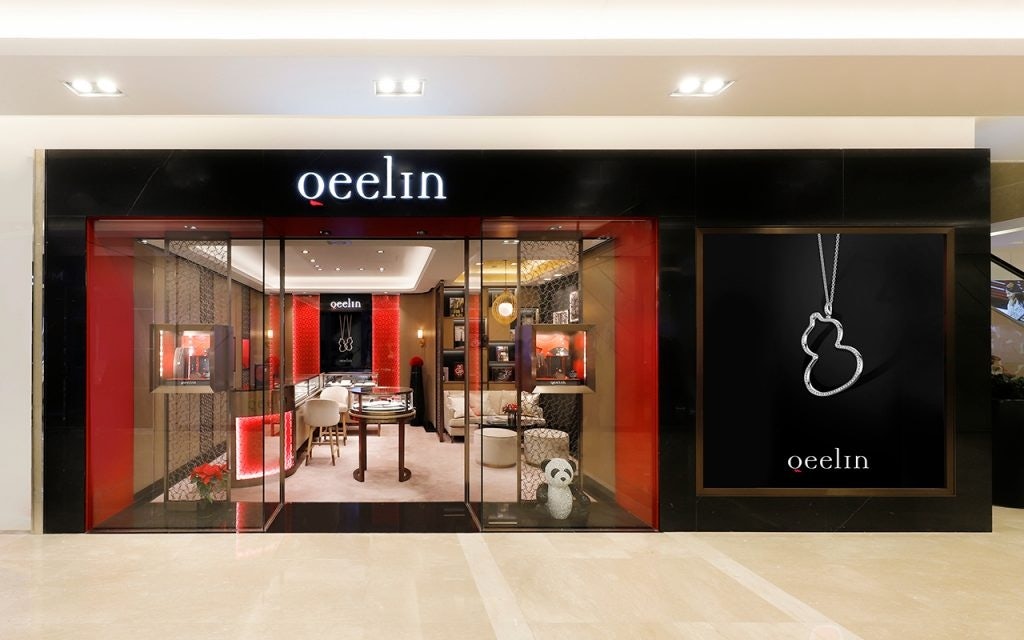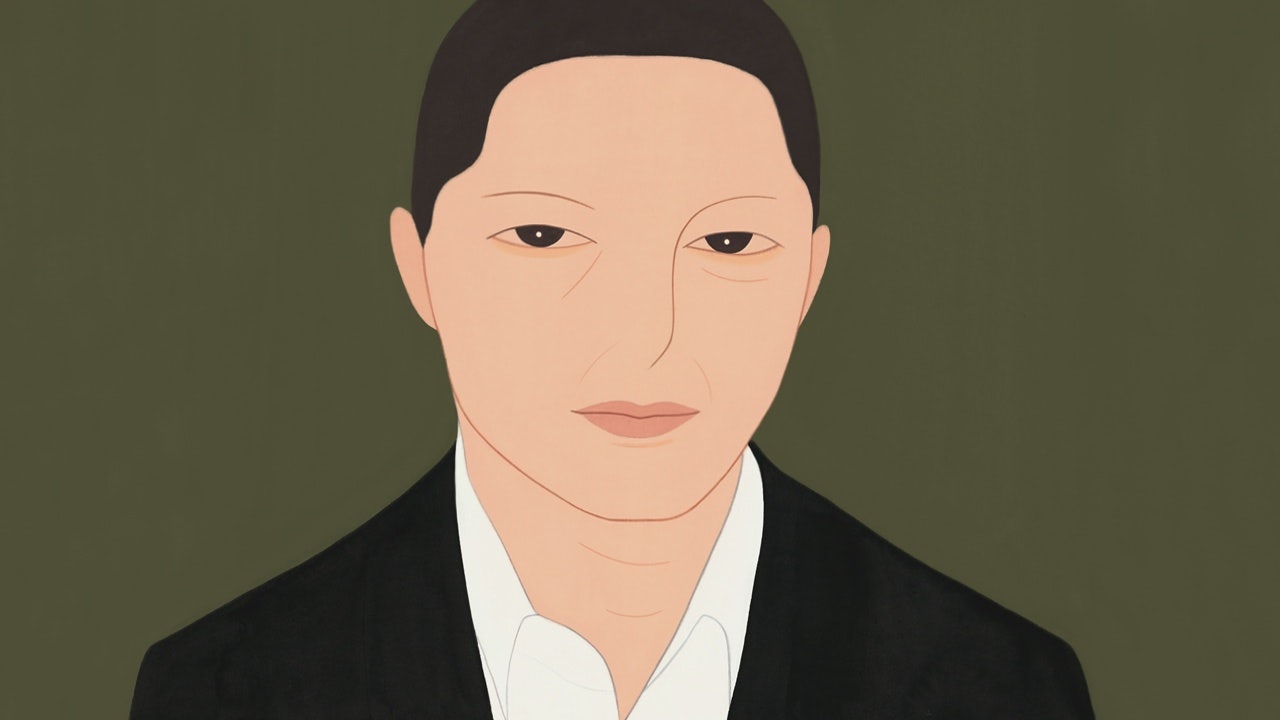Takeaways:#
- Founded in 2004, Qeelin began with most of its customers being females over 30 years old, but they have gotten younger due to shifting Chinese consumer demographics and Qeelin’s changing product portfolio.
- Qeelin’s sales have accelerated during and after COVID-19 in China, thanks to the repatriation of Chinese consumers, the auspicious meanings of Qeelin’s jewelry design, and increased marketing activities.
- Qeelin’s approach with China’s lower-tier cities is to look for suitable test opportunities like pop-up stores, brand showcases, or VIP trunk shows.
Dennis Chan, the 60-year-old co-founder and creative director of Qeelin, happily admits that he wears the brand’s jewelry with his street style and hip-hop-inspired outfits every day. He always keeps a small “Wulu” (Named after the hulu, a Chinese name for the bottle gourd) pendant under his shirt but displays different combos of “Bo Bo” (from the panda collection) or “Xi Xi” (from the lion dance collection) outside his shirt.
Inspired by a 1997 trip to China’s Dunhuang, which hosts a complex of hundreds of grottoes adorned with Buddhist statuary, the Hong Kong-born designer started his brand seven years later with French businessman Guillaume Brochard. The brand was acquired by the French luxury group Kering in 2013, bringing Qeelin’s quintessential Chinese elements to the global stage via 30 boutiques in Mainland China and over 100 total points of sales in total, including a boutique in Paris’ Place Vendôme that opened last June.
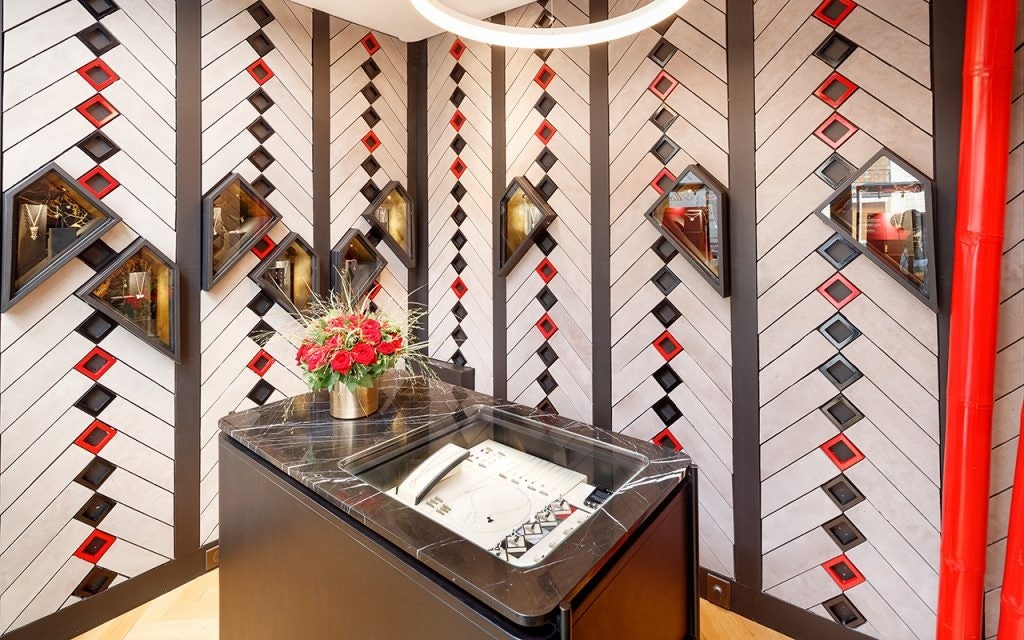
Speaking on China’s jewelry market trends, Chan said that his mother’s generation only wore jewelry on special occasions. But today’s consumers see jewelry as an expression of individual style and as part of their daily outfits. “For Qeelin, I always try to strike a good balance between traditions and playfulness,” he said. “We are still very much emotionally attached to our cultural symbols. That is why Qeelin jewelry represents a playful fusion of Chinese symbolism and modernity.”
In an about-face, Qeelin moved from its low-key marketing stance to a proactive position in recent years. Qeelin’s sales have accelerated both during and after COVID-19 in China due to the repatriation of Chinese consumers, the auspicious meanings of Qeelin’s jewelry design, and increased marketing activities, such as naming actress Liu Shishi as its new brand ambassador in July. During this past Singles’ Day, Qeelin ranked third in gross merchandising volume within the Tmall luxury jewelry and accessories category, beating household names like Chopard, Bvlgari, and De Beers.
Chan recalled frantically hunting for masks in Japan with family this January when COVID-19 first hit, and he has been staying in Hong Kong due to travel restrictions ever since, where he has been honing his newly gained cooking skills. Jing Daily connected with him over WeChat to discuss how Qeelin’s customer base has changed over the years and — in an age when international brands are eager to connect with Chinese consumers — what “quintessentially Chinese” means.
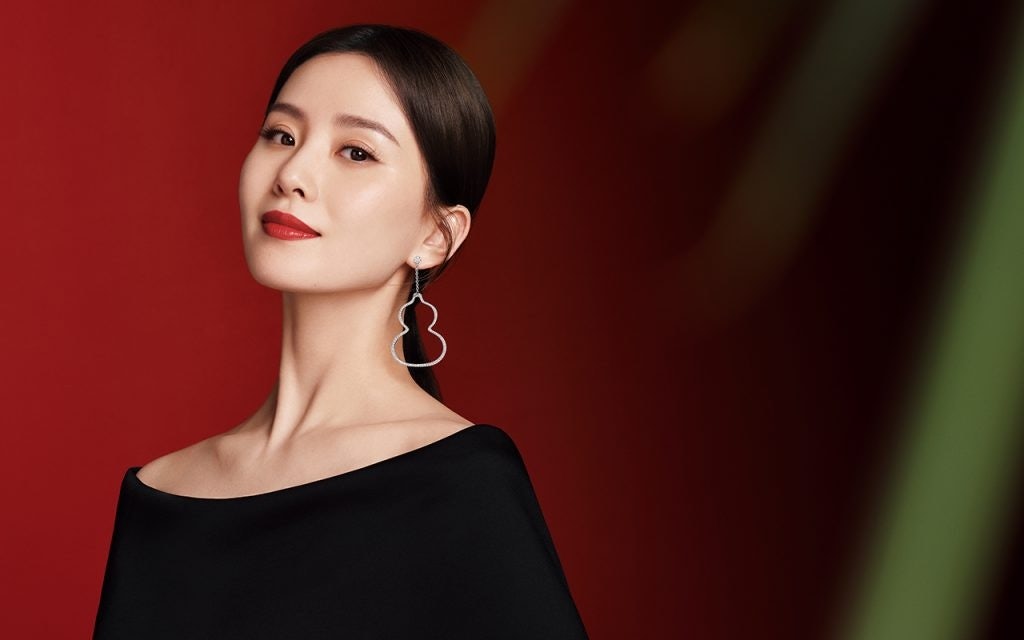
How much do you know about your consumers? What are typical Qeelin customers in China like?#
We started with a majority of our customers being women over 30. But now, they are getting much younger, both due to changing Chinese consumer demographics and Qeelin’s changing product portfolio, which now has more accessible price points.
I think our Qeelin customers are young, independent, modern Chinese ladies who know what they want to express with their style rather than just following trends. These younger Chinese millennials and Gen-Zers have a more “personal” and “self-rewarding” take on jewelry. Increasingly, they are buying jewelry for themselves to enjoy daily. We also have a small percentage of male customers who either purchase Qeelin as gifts or would wear some of our more unisex designs themselves.
Even overseas, such as in North America, our customers are Chinese ladies who are from Mainland China or are locally born and second or third-generation ethnic Chinese.
I’ve heard stories that some consumers wear Qeelin jewelry for good luck when they play mahjong. Can you share some different user scenarios about how people style their Qeelin jewelry?#
I think when you look at our different Qeelin designs, you can see we always have an authentic bond to the Chinese culture. It’s in our blood, our Qeelin DNA.
When Chinese consumers see our Wulu or Yu Yi symbols, they resonate with the deeper meanings due to our shared belief in meaningful Chinese symbolism (寓意). So there’s no need to explain more, and they get the vibes.
Qeelin jewelry is designed for versatile daily wear for different occasions, but I did hear about some ladies wearing Qeelin for luck at their mahjong sessions, which is interesting.
What has changed or hasn’t changed after Kering acquired Qeelin in 2013? For example, your role at the company and the brand’s international expansion plan.#
As the Creative Director of Qeelin, I was never asked to change my designs in product development or marketing direction. But one of the most important positive changes in being part of Kering is the increased confidence of both end consumers and trade business partners in the Qeelin brand.
That really helps open many doors, especially with business partners like commercial property landlords and retail distributors. The integrated Kering infrastructure also provided us with market intelligence and negotiation power for expanding our distribution, especially in Mainland China. We are guided by valuable information, such as the strategic importance of cities in China, which shopping malls are performing, and what the best locations are within these malls.
What are the reasons behind selecting Liu Shishi as the Qeelin brand ambassador this year?#
My team did a lot of research and presented me with options, and we sat down to discuss who we felt best embodied our vision of the ‘Qeelin Woman.”
Liu Shishi is a very accomplished actress who doesn’t just have national recognition in China but also regional awareness in many of our other markets, such as the US, Canada, Hong Kong, and Southeast Asia. Although I have not met her in person yet [due to travel restrictions], I can feel her strong character and sense of confidence to express what she wants through our video conference calls. She is fiercely independent yet with a warm personality and truly cares for those around her.
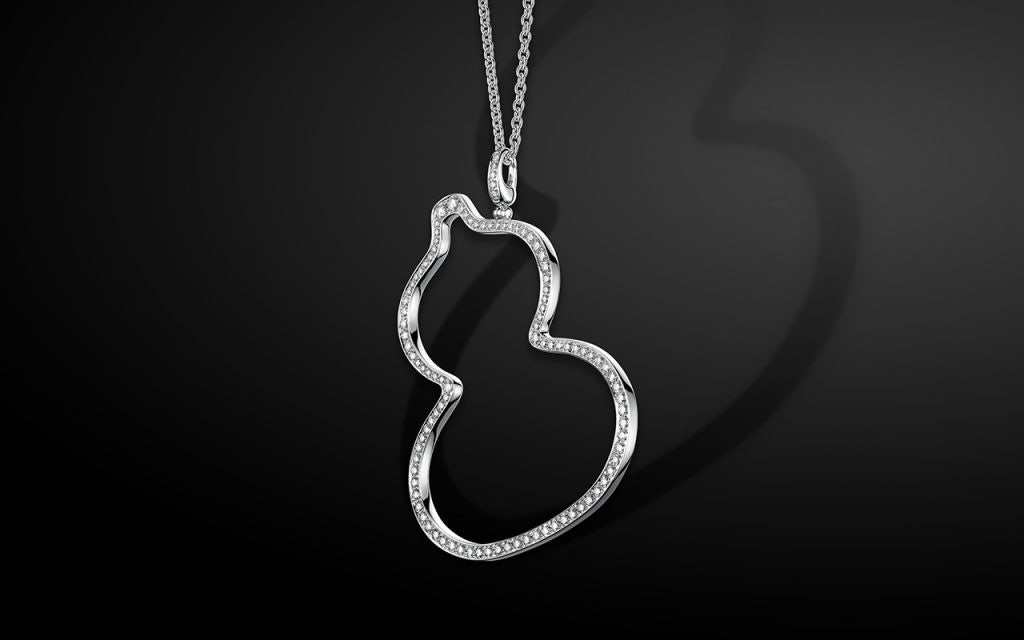
Qeelin has a unique position as one of the few globally recognized Chinese luxury brands. How do you think that helps the brand inside China? Especially now that 'China Chic' is gaining momentum there.#
I want to stress that Qeelin was very genuine from the start. It’s not like we are only trying to do something now because of a ‘China Chic’ trend.
Qeelin is now 16 years old. From day one, my vision was to bring the best of China to the world in a very modern way. As our brand grew, more people started to believe in us, which enabled Qeelin to gain recognition as a modern Chinese luxury jeweler with international success. In fact, we started our first Parisian point of sale in 2004, and today, we are on our way to 100 points of sale globally. Our current network includes over 30 boutiques in Greater China as well as points of sale in North America, Europe, Southeast Asia, and Australia.
We’ve heard that COVID-19 has accelerated Qeelin’s sales [Qeelin chose not to disclose any figures]. Can you elaborate on how and why that is?#
I think the COVID-19 situation, which restricted international travel, has brought a lot of Chinese consumption back within China. Our sales in China grew during this period since China’s market recovery has been the fastest, and the increase in domestic tourism has helped boost business in both our domestic retail and duty-free boutiques.
The shift in consumer behavior towards more online shopping has also helped increase our e-commerce sales. Other factors that helped increase our China sales this year include greater brand awareness in China, due to our new brand ambassador Liu Shishi, and increased marketing activities.
A belief in the auspicious meanings of Chinese symbolism, such as in the Wulu and Yu Yi jewelry designs, is also creating heart-warming emotions.
We at Jing Daily are very interested and closely monitoring brand strategy in lower-tier cities. Does Qeelin have any plans in this regard?#
Although we place more emphasis on big cities like Beijing and Shanghai, we also look at second-tier and third-tier cities for expansion.
Our approach in these lower-tier cities is to look for suitable opportunities to test the market through temporary formats like pop-up stores, brand showcases, or VIP trunk shows. That helps us to experience the market first-hand and learn more about the local appetite for our products before we open a permanent boutique. It is also an effective way to expose our brand to new audiences and grow brand awareness.
